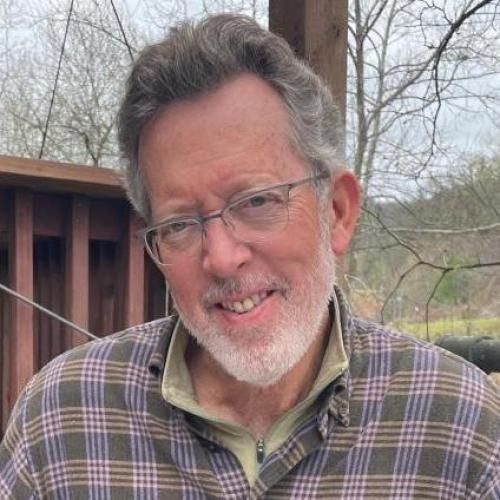Overview
Our broad research goal is to understand the neural mechanisms by which experience guides learning, behavior, and perception. Our group explores the structure and function of sensorimotor circuits important to learned vocal communication in the songbird and to auditory-motor integration in the mouse. In the course of these explorations, my research group has developed a wide range of technical expertise in both avian and mouse models, including in vivo multiphoton neuronal imaging, chronic recording of neural activity in freely behaving animals, in vivo and in vitro intracellular recordings from identified neurons, and manipulation of neuronal activity using electrical, chemical and optogenetic methods. Our group also has extensive experience with viral transgenic methods to manipulate gene expression, including genes implicated in human neurological disorders. Together, these methods provide a broad technical approach to identify the neural circuit mechanisms important to vocal learning, auditory perception and communication.
Current Appointments & Affiliations
George Barth Geller Distinguished Professor for Research in Neurobiology
·
2010 - Present
Neurobiology,
Basic Science Departments
Professor of Neurobiology
·
2008 - Present
Neurobiology,
Basic Science Departments
Director of the T32 Neurobiology Training Program
·
2019 - Present
Neurobiology,
Basic Science Departments
Professor of Cell Biology
·
2022 - Present
Cell Biology,
Basic Science Departments
Faculty Network Member of the Duke Institute for Brain Sciences
·
2008 - Present
Duke Institute for Brain Sciences,
University Institutes and Centers
Education, Training & Certifications
California Institute of Technology ·
1991
Ph.D.
Yale University ·
1981
B.S.

